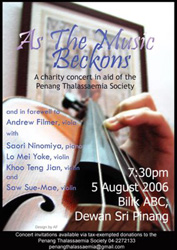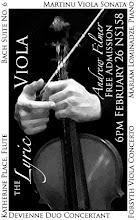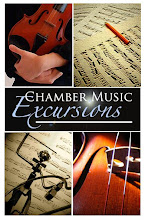I've been a bad boy again, succumbing to the tempation to augment my CD collection. Today's selections are: Trumpet concertos, Hakan Hardenberger, the Academy of St-Martin-in-the-Fields, Sir Neville Marriner - Philips 1986 and Mozart Piano Concertos 20 & 21, Friedrich Gulda, Vienna Philharmonic, Claudio Abbado - DG 1975.
Mozart's Piano Concerto No 21 in C has childhood roots for me, it brings me back to Michigan in the US's Great Lakes region, to a time when the cassette tape player was technology at its most modern, and TVs had actual knobs, quite a while before they came out with remotes that were connected to the VCRs with wires. Whole summer afternoons spent listening to borrowed classical tapes from a mobile library, while devouring book after book. And for many years later, when listening to CDs, I still subconsciously expected hearing a sudden stop in certain part of the music - where I had to turn the old tapes to Side B.
The trumpet CD I bought for fun - and because I rather liked a Hertel concerto which was played in the Thailand Phil's first concert at the International Trumpet Guild. This one is different concerto, but what the heck.
All this excessive purchasing should be of more than personal listening pleasure, and as such I provide a short list of tips in buying classical CDs:
1. One of the first things I do in a CD shop is sit on the floor, much to the suspicion of resident pretend guard in tacky uniform. Gems of recordings are often found in the lower shelves, hidden amongst extras of CDs on the display racks.
2. If the place you shop at has the option of listening to the recordings before you buy, check out the technology. What kind of headphones are used, and how will they sound on your speakers/headphones? For specialist stores, don't get confused by the beauty of Linn or Bose speakers over the quality of the CD.
3. The label matters - not over the performers or the repertoire, but in sound editing. Decca and Philips lean to the clearer side, Hyperion is dry and crisp, EMI Classics towards a nearer front-row warm immediacy, Sony Classical is somewhere in between, Telarc is state-of-the-art but also at least twice the price, Deutsche Grammaphone really depends on the year.
Subscribe to:
Post Comments (Atom)






3 comments:
Fascinating. I haven't studied the mastering but it's a good tidbit of info to keep on file. Course, I'll probbly forget and have to phone u up one day if I ever start buying CDs.
"Hi, A? There's two recordings of the same piece here by different labels. Can't remember which you said was the in-between?"
Incidentally, what does "state of the art" sound like?
Glad you asked - if I'm not mistaken, Telarc actually specializes in recording technology, not record production. So, it selects a very limited number of artistes to record as a sort of demo of the strength of its technological developments. The sound is clear, brilliant, very present, but just clear of the in-your-face mode or overwarming which brings to muffling which EMI can wander into on occasion. It also picks artistes who somehow fit that description as well. Some of its non-classical recordings come with a warning label about synthesizer experimentations at high-decibel ranges.
that actually sounds really good. i mean, the description of the sound, not having heard the sound myself... um... yeah, that sounds about right.
Post a Comment